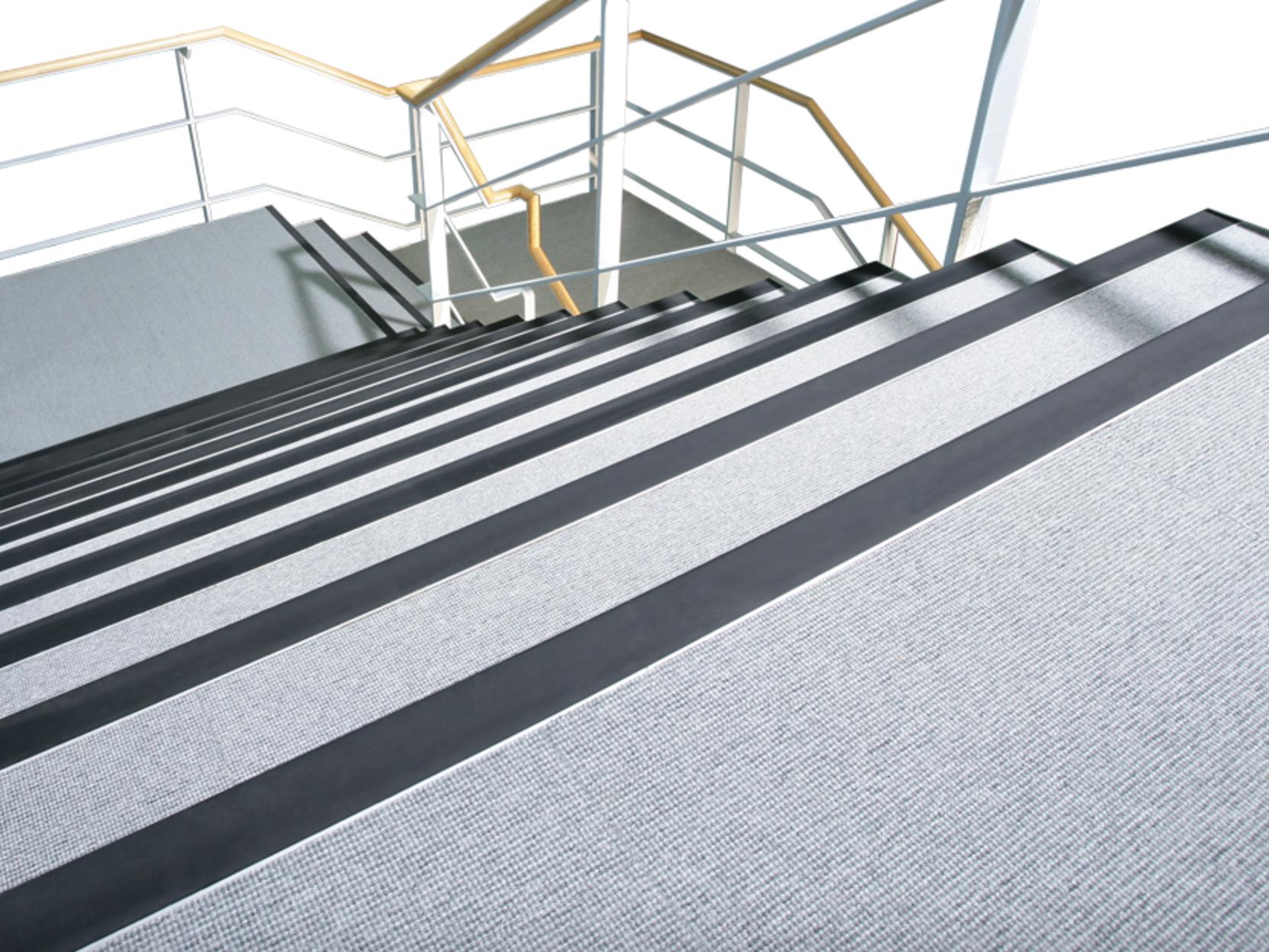
Now is the time to ensure that schools, colleges, and universities are in the best condition to once again host students following the pandemic. Maria Morgan, Product Manager at Gradus, outlines some of the best interior solutions to help you achieve this
AS the age of Covid-19 stutters to a close, the time has come for education facility managers to turn their attention once again onto refurbishing their buildings to ensure that they are providing the best possible learning environment for returning students.
Something almost all education buildings have in common is the high amount of footfall they experience throughout the average day. This constant flow of students, teachers and other staff brings a huge amount of dirt and moisture into the building from outside – slowly soiling the internal floorcoverings and potentially creating slip hazards where water is allowed to gather on hard floors.
This makes the right type of barrier matting essential. An appropriate matting solution will scrape and absorb the dirt and moisture from people’s shoes as they enter your building, intercepting them before they can damage carpets. In this way it will create a safer environment while ensuring that the aesthetic design of the interior is not compromised.
It’s also crucial to remember that barrier matting should not only be installed at the entrance to your building, but also in other areas that are vulnerable to soiling or heavy wear, such as receptions, canteens, main corridors, and staircases.
Just as the heavy traffic that education buildings experience brings in contaminants from outside, so it damages the walls within your building. This is a particular problem in busy corridors between periods, where students carrying bags will routinely brush against the walls as they pass, causing scuffs and scrapes that bring down the aesthetics of the environment and can also harbour bacteria.
This makes wall cladding an essential addition to any education building. When installed in the right areas, wall cladding will protect vulnerable corridor walls against the everyday onslaught of students – saving you a significant amount on maintenance in the long term as the endless cycle of re-painting comes to an end.
For high-traffic areas, look out for textured and through-coloured solutions, as these will conceal the effects of any damage inflicted upon them, preserving the neat appearance of the corridor or classroom. Another increasingly popular option is wall cladding that provides an element of visual style, helping to create a more engaging and inspiring learning environment.
Equally important when deciding which areas of your building to refurbish are the stair edgings and floor trims. While these can seem like minor details, everyday wear means that stair edgings can both loosen and fray over time, creating another unsightly aspect in your building and presenting trip hazards with the potential to result in legal challenges.
A number of pieces of legislation govern stair edgings, making it crucial that any solution you install has been developed in line with Approved Document M of The Building Regulations 2010, BS 8300-2:2018, and the latest research from the Building Research Establishment (BRE). Always remember that there must be 30 LRV (light reflectance value) points between the colour of the stair edgings and the colour of the stairs.
In addition, make sure to check whether any of the floor trims throughout your building need replacing. If they have become loose or broken from too much foot traffic, they are likely to pose a trip hazard, not to mention the scruffy impression this makes.
